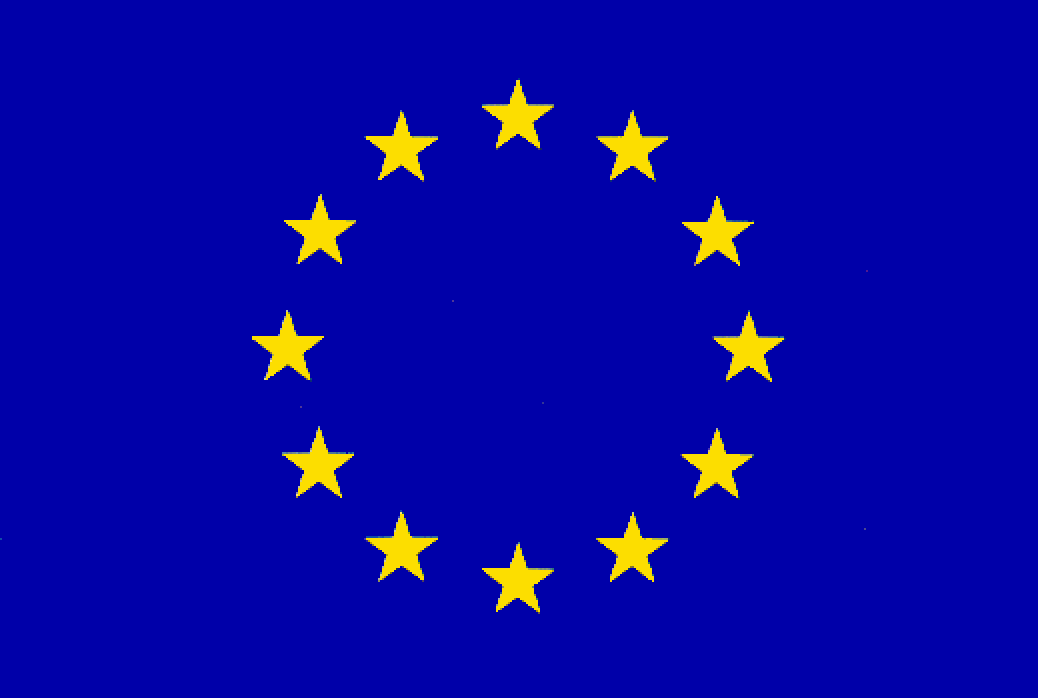
Navigation
 Home
Home Search the site
Search the siteThe project
 Project overview
Project overview The platform
The platform Medical background
Medical background Partners
Partners Advisory Boards
Advisory Boards Work plan
Work plan Deliverables
Deliverables Scientific papers
Scientific papers Downloads
Downloads Online demonstrators
Online demonstrators FAQ
FAQNewsroom
 All news
All news Reaction in the press
Reaction in the press Events
Events Clustering event
Clustering event Video archive
Video archive Relevant links
Relevant links Event Calendar
Event CalendarHONcode
![]() This site complies with the HONcode standard for trust worthy health information:
This site complies with the HONcode standard for trust worthy health information:
verify here.
Affiliations
REACTION is affilliated with these programs and organisations:
REACTION is delivering better and more efficient healthcare services in Europe, thus supporting the Commissions activities in ICT for Health: eHealth.

The REACTION platform allows for the creation of inclusive applications with accessibility for all. The project supports the Commissions campaign: eInclusion - be part of it!

REACTION is delivering better and more efficient healthcare services in Europe, thus supporting the Commissions activities in ICT for Health: eHealth.

The REACTION platform allows for the creation of inclusive applications with accessibility for all. The project supports the Commissions campaign: eInclusion - be part of it!

Sign In
 Facts
Facts

The REACTION project is a 4-year project started in 2010. It is partly funded by the European Commission under the 7th Framework Programme in the area of Personal Health Systems under Grant Agreement no. 248590
Previous Newsletters
Read previous issues of our newsletter here:
April 2014
August 2013
June 2012
August 2011
April 2011
November 2010
Most Read...
Articles
 In-hospital saf... In-hospital saf... |
179344 |
 Reaction in the... Reaction in the... |
105234 |
 Project overview Project overview |
99772 |
 Medical background Medical background |
97929 |
 Project methodo... Project methodo... |
73767 |
News
 Research award ... Research award ... |
48641 |
 IST-Africa Call... IST-Africa Call... |
45174 |
 REACTION videos... REACTION videos... |
43625 |
 REACTION at one... REACTION at one... |
43405 |
 REACTION online... REACTION online... |
42551 |
Popular Downloads
 REACTION brochure REACTION brochure |
28894 |
 D9-4 Healthcare e... D9-4 Healthcare e... |
10292 |
 D9-2 Regulatory f... D9-2 Regulatory f... |
6851 |
 2_Regulatory Fram... 2_Regulatory Fram... |
6170 |
 D5-1 Communicatio... D5-1 Communicatio... |
5520 |
Web Links: EU programmes
| Personal health systems | |
| ICTs offer the possibility of a new generation of lightweight monitoring systems which a patient can wear while going about their daily business, or which can be carried around easily and used regularly. Such new systems and tools can now provide much more reliable data on multiple parameters, and transmit them to remote locations, so that medical professionals can make better decisions on treatment without having to meet the patients face-to-face. In FP7, the Commission gives financial support for projects which seek to develop advanced ICT applications to develop Personal Health Systems. |
|
| Date Added: 18-05-2010 | Visits: 2269 |
| Risk assessment and patient safety | |
| ICT has considerable potential to improve risk assessment in healthcare. It enables the gathering and processing of large amounts of data helping policy-makers allocate resources according to healthcare needs. At the level of individual patients, ICT can be used to guide treatment decisions minimise the possibility of adverse side effects and complications. In FP7, the Commission aims to supports projects which seek to develop advanced ICT applications to improve risk assessment and patient safety. |
|
| Date Added: 18-05-2010 | Visits: 2224 |
| Virtual physiological human | |
| The concept of a virtual physical human is a sophisticated computer modelling tool, which compares observations of an individual patient and relates them to a vast dataset of observations of others with similar symptoms and known conditions. By processing all this information, the model can simulate the likely reaction of the individual patient to possible treatments or interventions. Such tools will not only improve the quality of treatment offered to patients who are already ill or injured, but could also be used in preventive medicine, to predict occurrence or worsening of specific diseases in people at risk, for example through family history. |
|
| Date Added: 18-05-2010 | Visits: 2439 |
